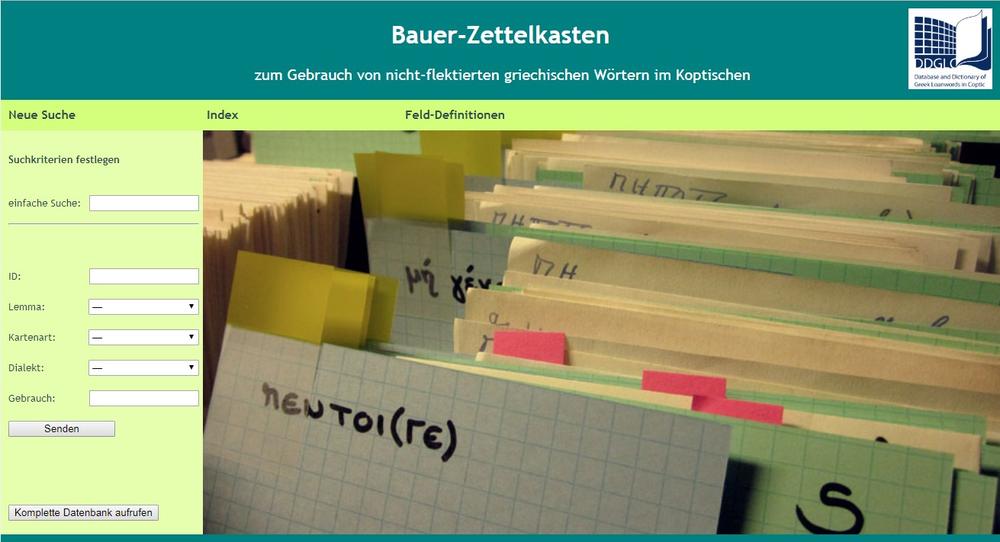After browsing through a variety of the cards in Gertrud Bauer's Zettelkasten Online it becomes obvious that the collection was created specifically as a paper-based database for search, retrieval, and research. The examples and data within it are much more narrowly circumscribed for a specific use than those of other researchers like Niklas Luhmann whose collection spanned a much broader variety of topics and areas of knowledge.
This particular use case makes the database nature of zettelkasten more apparent than some others, particularly in modern (post-2013 zettelkasten of a more personal nature).
I'm reminded here of the use case(s) described by Beatrice Webb in My Apprenticeship for scientific note taking, by which she more broadly meant database creation and use.
